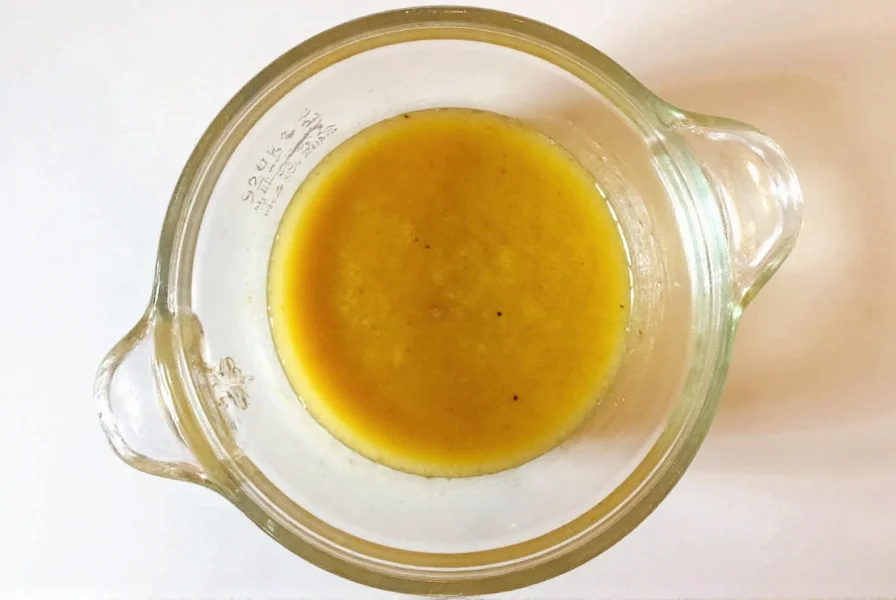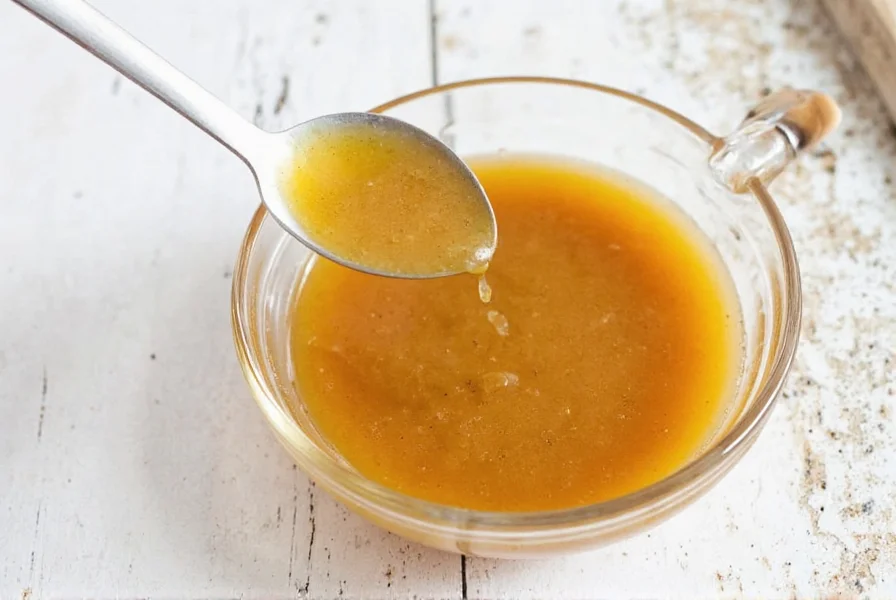Creating the perfect ginger sesame dressing requires understanding the balance between its core components. This easy ginger sesame dressing recipe delivers restaurant-quality results without preservatives or artificial ingredients found in store-bought versions. The magic happens when freshly grated ginger meets toasted sesame oil, creating a dressing that elevates simple ingredients into extraordinary meals.
Essential Ingredients for Authentic Flavor
The secret to exceptional homemade asian salad dressing lies in ingredient quality and proper ratios. Fresh ginger provides the bright, spicy note that defines this dressing, while toasted sesame oil contributes nutty depth. Rice vinegar offers the right acidity without overpowering, and soy sauce brings umami richness. For the best ginger sesame dressing for salads, always use toasted sesame oil rather than regular sesame oil, as the toasting process develops the complex flavor profile.
| Ingredient | Amount | Function |
|---|---|---|
| Fresh ginger, finely grated | 2 tablespoons | Provides bright, spicy flavor foundation |
| Toasted sesame oil | 3 tablespoons | Creates nutty base note and emulsifies dressing |
| Rice vinegar | 2 tablespoons | Offers mild acidity that balances richness |
| Soy sauce or tamari | 3 tablespoons | Provides umami and saltiness |
| Honey or maple syrup | 1 tablespoon | Counteracts acidity and enhances complexity |
Step-by-Step Preparation Guide
Follow these simple steps for perfect ginger sesame dressing every time. Start by grating fresh ginger using a microplane for the finest texture that fully incorporates into the dressing. Combine all ingredients in a glass jar with a tight-fitting lid. Secure the lid and shake vigorously for 30 seconds until the dressing emulsifies and appears uniform. For immediate use, let it sit for 15 minutes to allow flavors to meld. For deeper flavor development, refrigerate for 2-4 hours before serving.

Variations for Different Dietary Needs
Adapt this versatile dressing to suit various preferences while maintaining authentic flavor. For a spicy ginger sesame dressing variation, add 1 teaspoon of sriracha or 1/4 teaspoon red pepper flakes. Create a vegan version by ensuring your honey substitute is maple syrup or agave nectar. Those needing gluten-free options should use tamari instead of traditional soy sauce. The ginger sesame dressing for grilled chicken benefits from an extra tablespoon of honey to complement the protein's natural sugars during cooking.
Ideal Pairings and Culinary Applications
This dressing shines beyond basic salads. Toss with cold soba noodles for an instant Asian noodle salad, or use as a marinade for chicken or salmon (allow 30 minutes minimum). Drizzle over roasted vegetables like broccoli, carrots, or snap peas for enhanced flavor. It makes an excellent dipping sauce for spring rolls or potstickers. For salad applications, pair with mixed greens, shredded cabbage, carrots, bell peppers, and toasted sesame seeds. The dressing's versatility makes it a kitchen staple worth mastering.
Storage and Shelf Life Tips
Proper how to store ginger sesame dressing knowledge ensures maximum freshness and flavor. Transfer to an airtight container and refrigerate for up to 14 days. The fresh ginger may cause slight separation over time, which is normal—simply shake well before each use. Avoid storing in metal containers as the acidity can react with the metal. For longer preservation, freeze in ice cube trays then transfer to freezer bags for up to 3 months. Thaw overnight in the refrigerator before using.
Common Mistakes to Avoid
Many home cooks make preventable errors when preparing ginger sesame dressing. Using pre-minced ginger from jars results in inferior flavor compared to fresh. Substituting regular sesame oil for toasted sesame oil dramatically changes the flavor profile. Over-blending can make the dressing bitter from over-extracted ginger compounds. Adding ingredients in the wrong order prevents proper emulsification. Remember that authentic asian dressing recipe success depends on using fresh, quality ingredients in the correct proportions.
Frequently Asked Questions
- How long does homemade ginger sesame dressing last?
Properly stored in an airtight container in the refrigerator, homemade ginger sesame dressing will last for 10-14 days. The fresh ginger may cause slight separation over time, so be sure to shake well before each use. - Can I make ginger sesame dressing without sesame oil?
While sesame oil provides the distinctive flavor, you can substitute with a neutral oil like avocado or grapeseed oil and add 1 teaspoon of toasted sesame seeds blended into the dressing. The flavor won't be identical but will still be delicious. - What dishes pair best with ginger sesame dressing?
Ginger sesame dressing complements Asian-inspired salads, noodle dishes, grilled chicken or salmon, roasted vegetables, and grain bowls. It also works well as a dipping sauce for spring rolls or dumplings. - How can I adjust the thickness of ginger sesame dressing?
For a thinner dressing, add 1-2 teaspoons of water or additional rice vinegar. For a thicker emulsion, increase the sesame oil slightly or add 1/2 teaspoon of tahini to help bind the ingredients. - Why does my ginger sesame dressing separate?
Separation occurs naturally because oil and vinegar don't permanently bind. This is normal and doesn't indicate spoilage. Simply shake vigorously before each use to re-emulsify the dressing. Adding a small amount of honey or maple syrup helps stabilize the emulsion.











 浙公网安备
33010002000092号
浙公网安备
33010002000092号 浙B2-20120091-4
浙B2-20120091-4